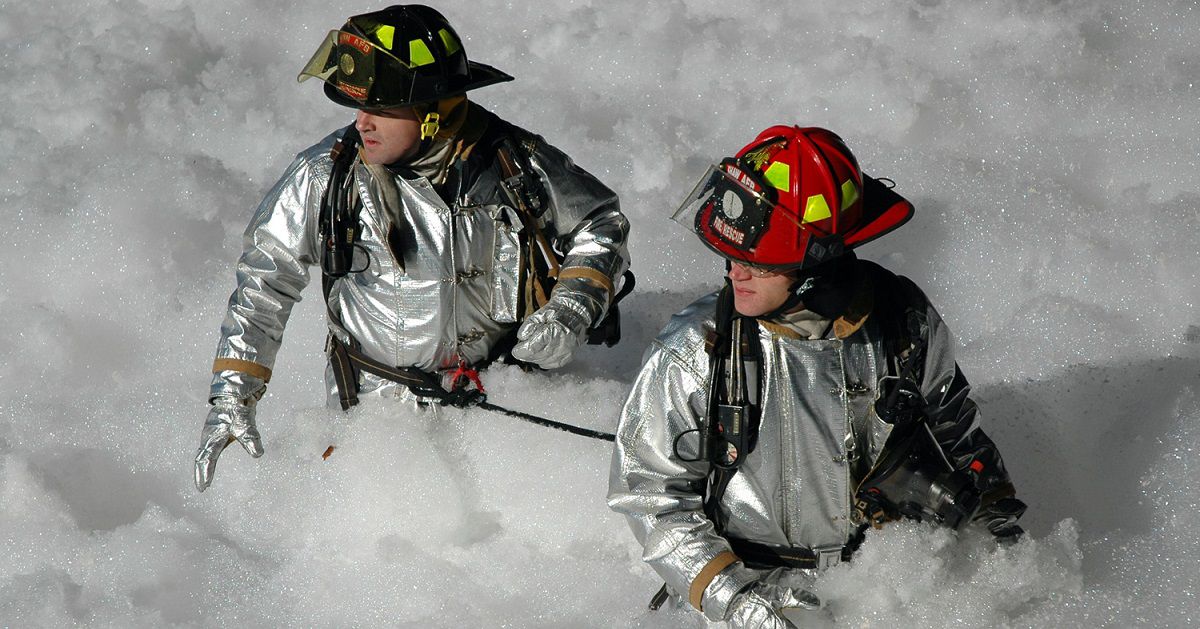An internal Defense Department study completed this year found that the drinking water at 24 installations exposes about 175,000 service members a year to dangerous levels of chemicals linked to cancer and other illnesses.
The report, made public by the Environmental Working Group on Thursday, found that water tested from each of the bases contained more than 70 parts-per-trillion of per- and polyfluoroalkyl substances, known collectively as PFAS, the Environmental Protection Agency’s previous cut-off for safe drinking water.
In June, the group noted, the agency revised its standard to 1 part-per-trillion.
“The DoD’s analysis also did not include service members’ drinking water purchased from local water utilities or from privatized on-base water systems, which may also have been contaminated with the chemicals,” according to an EWG release.
RELATED
:quality(70)/cloudfront-us-east-1.images.arcpublishing.com/archetype/BTJF6RVXCBDL3GFGLR6ABKKPI4.jpg)
The bases with dangerous PFAS levels include Joint Base Lewis-McChord, Washington; Wright-Patterson Air Force Base, Ohio; and Marine Corps Base Camp Pendleton, California, as well as several Army and Air Force installations in South Korea.
All told, the Pentagon is aware of nearly 700 bases with some level of contamination, according to its own task force studying the issue.
Completed in April, the congressionally mandated report was not posted to the department’s informational site on the topic, and has only been available by request, according to the Environmental Working Group.
In addition to those 24 bases, publicly available water test data shows more than 1 ppt of PFAS at more than 90 other installations, including Fort Hood, Texas, and Fort Bragg, North Carolina, two of the military’s most populated hubs.
Aqueous film-forming foam, the substance widely used to put out aircraft and vehicle fires on military installations, washes into groundwater and is known to be the main source of PFAS contamination on bases.
While the Defense Department has banned its use during training, a nontoxic alternative is not yet in wide use.
Pentagon efforts to clean up existing contamination is slow going. The PFAS task force’s most recent report of its activities noted 100 inspections/assessments at DoD installations in the first half of fiscal year 2022, briefing Congress and hosting public outreach events.
Meghann Myers is the Pentagon bureau chief at Military Times. She covers operations, policy, personnel, leadership and other issues affecting service members.

